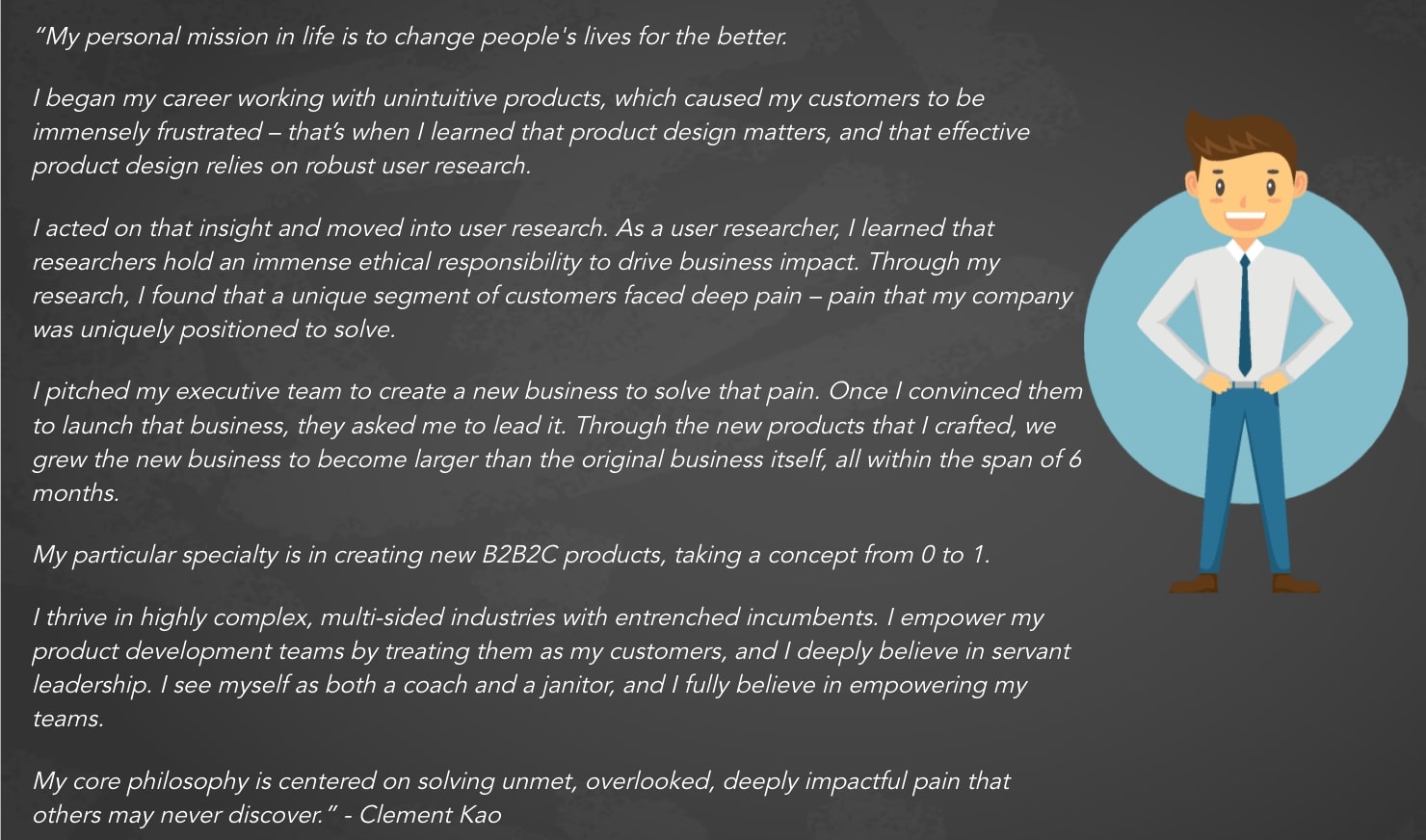Whether you’re an aspiring product manager or a senior product manager, you’ll always need to have a fantastic resume. Every hiring organization uses them to evaluate how good of a fit you’ll be in product management. After all, a good product manager knows that product managers are also products.
We have to convince hiring organizations that we will solve their pain. That’s why we must know how to sell ourselves and signal our value to hiring organizations.
If you’re looking to learn more about the resume process from a candidate and recruiter’s point of view via video, then watch below. Otherwise, skip ahead.
How To Use Our Product Manager Resume Guide
I’ve hired other product managers and reviewed thousands of product oral tren resumes from job seekers across geographies, industries, and experience levels.
This guide is the culmination of my experience both as a product leader and recruiter. With it, my hope is to take away some of the pain that you might face in your job search.
I have crafted this post from the perspective of an employer rather than from the perspective of a product manager job seeker. Every employer has different needs and looks for different traits and skills. For that reason, I’ve provided you with a flexible framework for how to showcase your true value proposition as a product.
That way, you can demonstrate your unique value in a crowded marketplace of product talent.
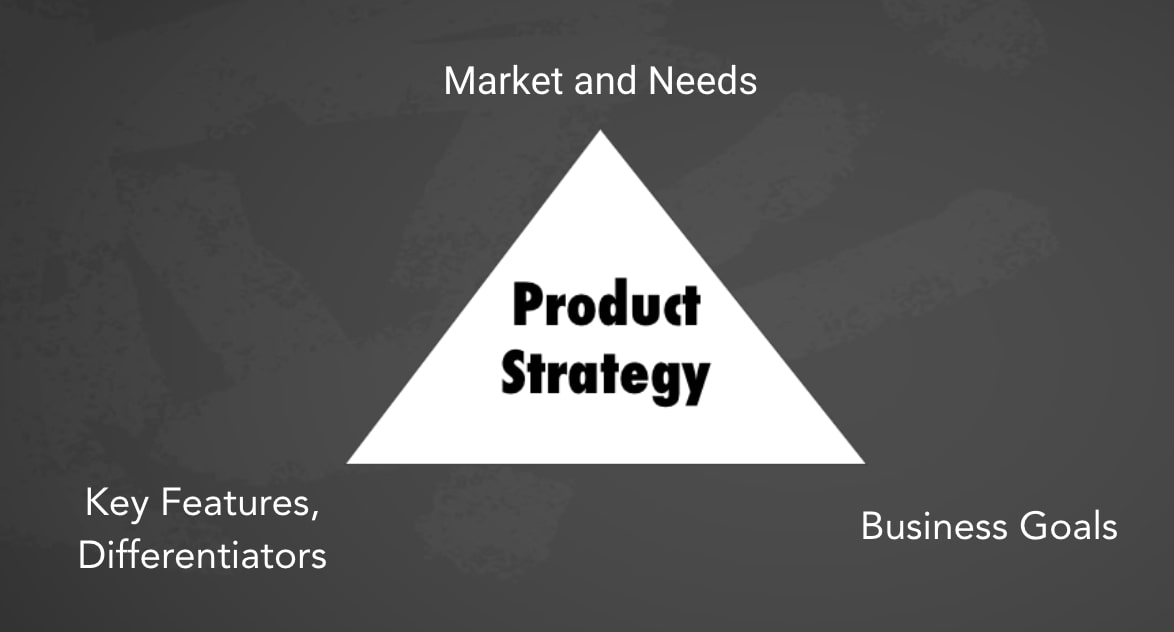
In doing so, I’ll provide examples of how to position your product manager skills (as well as key things you should avoid doing). However, I won’t provide a resume template for you to fill out. That’s because product managers are products, and every product has a unique go-to-market strategy.
At best, when you look at a resume template, you should treat it as a product manager resume sample. In other words, you should never copy someone else’s go-to-market strategy, because it won’t fit you well.
You shouldn’t feel constrained in copying any particular resume format. Too often, I see candidates worrying about the following:
- Over the format rather than the content of the resume and the positioning of their skills.
- About where they should put a skills section in their resume and how to separate out their hard skills from their soft skills.
- Over how they should format their phone and their mailing address.
- Over the fact that different product manager resume examples have different formats, and that they’re not sure which format will give them the highest chances of success.
None of that matters in a resume.
Your resume is a product. The creation of your resume is the creation of yet another product. It’s an opportunity for you to hone your skills and showcase your strengths as a product manager.
That means that you’ll be prioritizing.
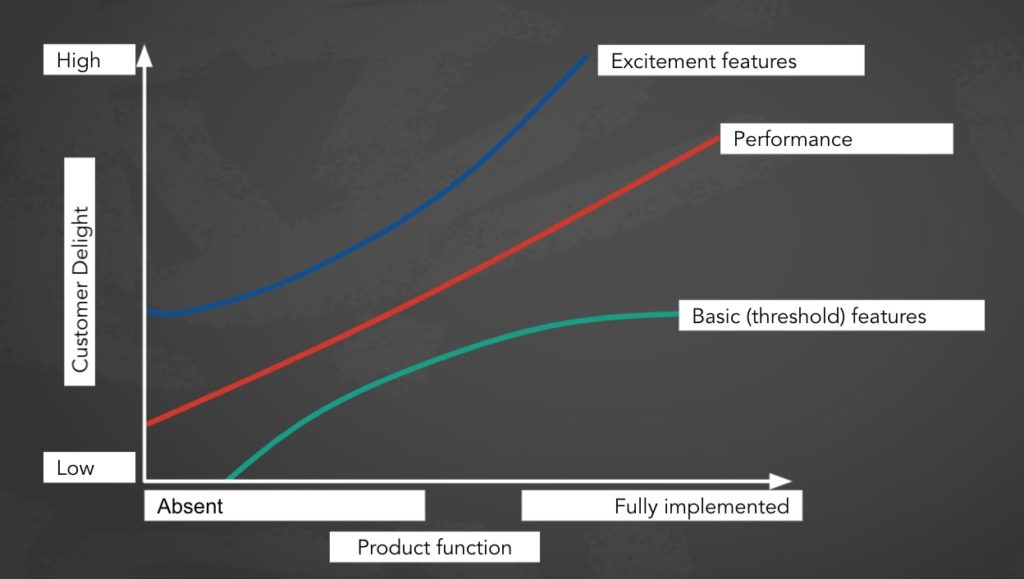
That means that you’ll be iterating and that you’ll be looking for product/market fit. That means that you’ll be conducting analysis on your customers and that you’ll need to pitch yourself in a unique way for every employer.
Product Manager Resume vs Product Management
The framework that I’ll provide for crafting an effective product manager resume should feel familiar to anyone who’s done product management before.
That’s because we’re going to treat ourselves as products. That means that we’ll be starting from ideation and product strategy all the way down to shipping the end product.

Here are the 8 key steps in the framework for creating a product manager resume:
- Self-reflection
- Market research
- Prototyping and first drafts
- Narratives
- Quantifiable impacts
- Design
- Go-to-market strategy
- Execution
The steps run parallel with what you would do when creating any software product. For comparison, here’s how most product managers create software products:
- Identify your company’s key strengths, weaknesses, and competitive position in the market
- Conduct market research and end-user research
- Create low-cost prototypes to iterate and explore multiple avenues
- Craft the value proposition of the product and paint the story for why the product matters
- Back up the narrative with compelling evidence
- Design an intuitive user experience that enables others to use your product
- Decide on the go-to-market strategy for product launch
- Ship the product and iterate based on live feedback
Now that we understand that we’ll be treating ourselves as products, let’s dive into each of the steps.
Self-Reflection
As a product manager, you need to understand the value you bring to an employer.
When I ask candidates “what value do you bring to an employer”, most rattle off a list of skills and experiences. They might tell me how many years of project management experience they have, or they might tell me about their computer science degree. Some might even tell me that they’ve been a product owner or manager at three different companies.
That’s not what I’m looking for when I want to understand your value. The value of a product manager isn’t your list of skills and experiences. Rather, the value of a product manager lies in your decision-making capabilities.
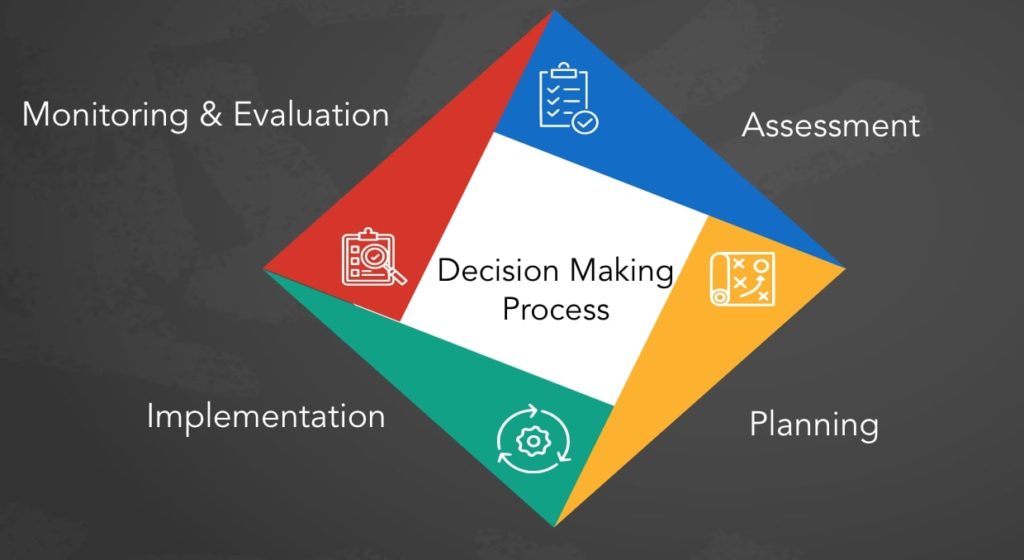
As a product manager, you’re in charge of the product lifecycle, product roadmap, and product vision. In doing so, you are responsible for thousands of decisions every day, ranging from “what do we tackle this sprint” to “how do we address this customer request” to “how should we price this product” to “how do we respond to new competitive action.”
When I ask for the value of a product manager, I want to know what your particular niches, perspectives, and strengths are. I want to know what impact you’re going to drive for my company as well as how you’re going to solve my company’s pains.
Understanding Your Product Value
Here’s how to think about “value” as a product manager: product managers aren’t commodities like flour, rice, or sugar. Product managers cannot be traded for one another, and every product manager is expected to have their own perspective on the world.
People sell commodities by using spec sheets because they can be traded for each other.
When you sell yourself, you should never sell yourself with a spec sheet. You shouldn’t try to compete against others based on your years of experience or your educational background or your list of skills.
You are not a commodity. You are a differentiated product.
Think about what makes you unique. Figure out what excites you as well as what you do better than anyone else you know. Perhaps you have a strong technical background that makes it easier for you to liaise with the software engineering team better than product managers who do not have that kind of experience.
Consider what pain points you solve that others can’t solve. Remember, products solve pain.
By reflecting on who you are, what your strengths are, and what your product philosophies are, you will establish the core value proposition that you bring to any organization that hires you.
Next up, you need to identify which markets you fit into. After all, all products must achieve product/market fit.
If you’re interested in learning the skills to land a great product manager job, then check out our product management certifications.

Market Research
The vast majority of product manager candidates shotgun their resumes to all sorts of companies without doing any research.
Before you assume that this is a bad approach, let’s consider an analogy.
No one likes telemarketers.
The reason is simple. You don’t like them because when you pick up the phone, you’re listening to a stranger give you a scripted, generic pitch.
They want to sell you something without considering what your needs are. You think that they are not respecting your time, interest, or needs.
Product managers should never be like telemarketers.
You’re a product manager because you solve pain. Don’t create pain in the world by sending out dozens of untargeted, low-value resumes.
We need to realize that every hiring organization experiences pain, and that different organizations have different pains.
If you want your resume to resonate, you need to understand the pain at the hiring company so that you can customize your resume to fit that organization.
That means that you must conduct research to understand what each organization is looking for.
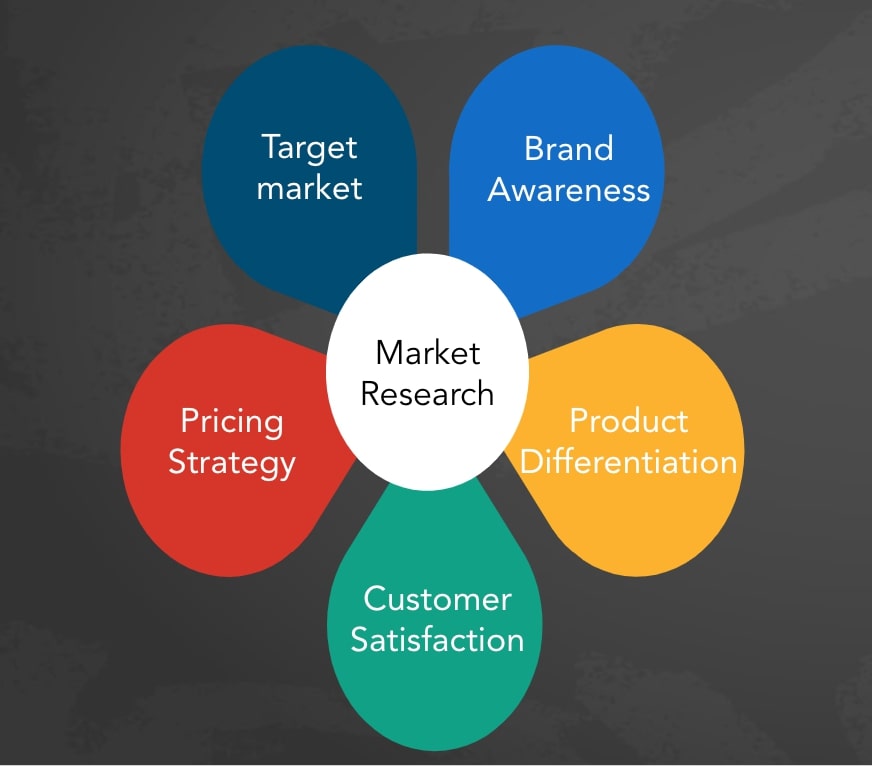
Remember, product managers are financially compensated to solve problems. If there was no pain to solve, no one would pay for a product manager.
Applying Market Research
Once you’ve conducted market research, prepare yourself to craft a customized resume for the organization you want to apply for. In other words, if you’re applying to 5 different organizations, you need to have 5 different resumes.
You’d never sell your product to a prospect without modifying your sales pitch. Therefore, you need to do the same when you apply for product manager job opportunities.
Always bear in mind the fundamentals that guarantee product success: viability, desirability, and feasibility. You cannot expect someone to hire you if you don’t portray yourself as a desirable, viable, and feasible candidate for the job. The best way to do that is to target each organization with a unique approach.
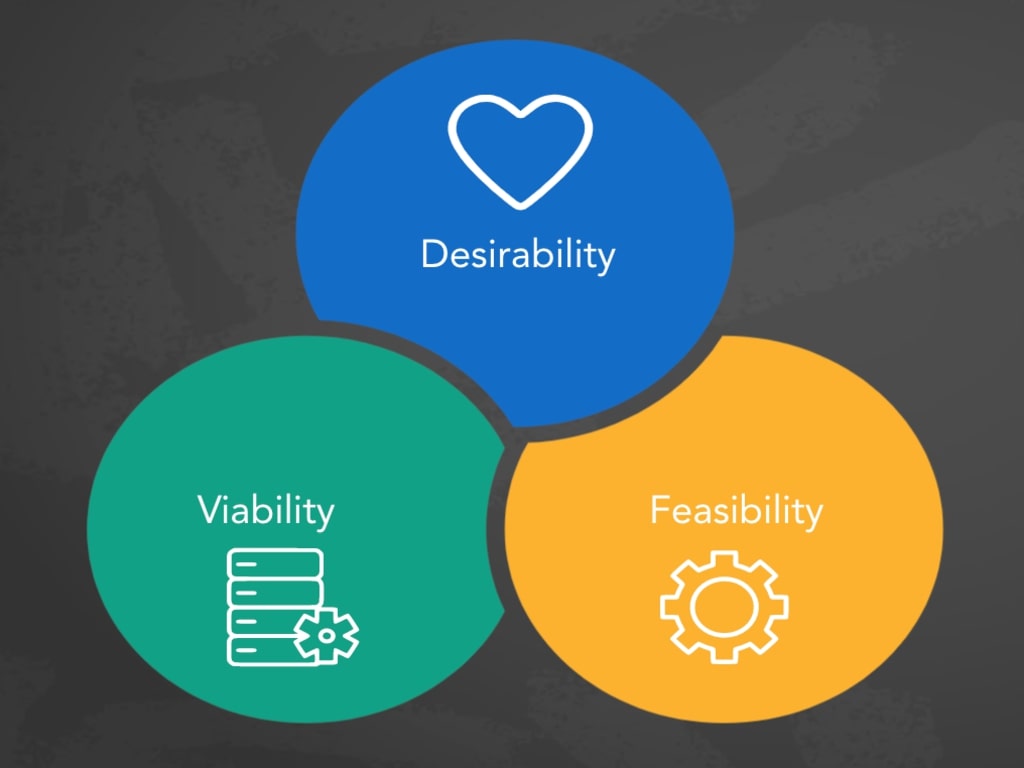
Yes, it will be hard.
Yes, it will take time.
But think of it this way: by spending a couple of hours now to conduct your research, you’re saving yourself months of fruitless job searching. Great product managers do the hard work upfront, and that hard work pays dividends over the long run.
Plus, if you aren’t excited enough about a particular product manager role to spend hours customizing a resume, chances are you’re not passionate enough to join that company and succeed in the long run with them.
Consider this customization task as an initial test of your interest and your motivation to apply.
A Personal Anecdote
If you still don’t believe in the power of customizing your product manager resume based on market research, let me share my experience with you.
The first time I applied for jobs, I used the shotgun approach. Here were my results:
- 193 resumes sent
- 48 responses were rejections
- 0 responses were for an interview
Then, I decided enough is enough: I needed to do the hard work of research and customization. I read the job description for each role and conducted deep research into each company. Once I did that, I then spent time figuring out how I would best be able to solve that company’s pain.
The second time I applied for jobs, here were my results:
- 24 resumes sent
- 17 rejections
- 6 first round interviews
- 2 second round interviews
- 2 final round interviews
- 2 job offers
That was at the start of my career. Since then, I’ve further increased my conversion rates by using thoughtful market research to hone my pitch to prospective employers.
Prototyping and First Drafts
Before we dive into creating each of these customized resumes, we should first prototype our resume.
Select one of the employers that you’d love to hire you.
Now, keeping that employer in mind, open up a document. In that document, dump in every experience you’ve had.
Describe your previous positions, your volunteer work, your side projects, your education, your hobbies, your passions.
Try to make a list of the accomplishments that you’re proud of. Align those accomplishments with the company that you’ve targeted. Put down everything and anything that might be relevant for the company that you’re applying to.
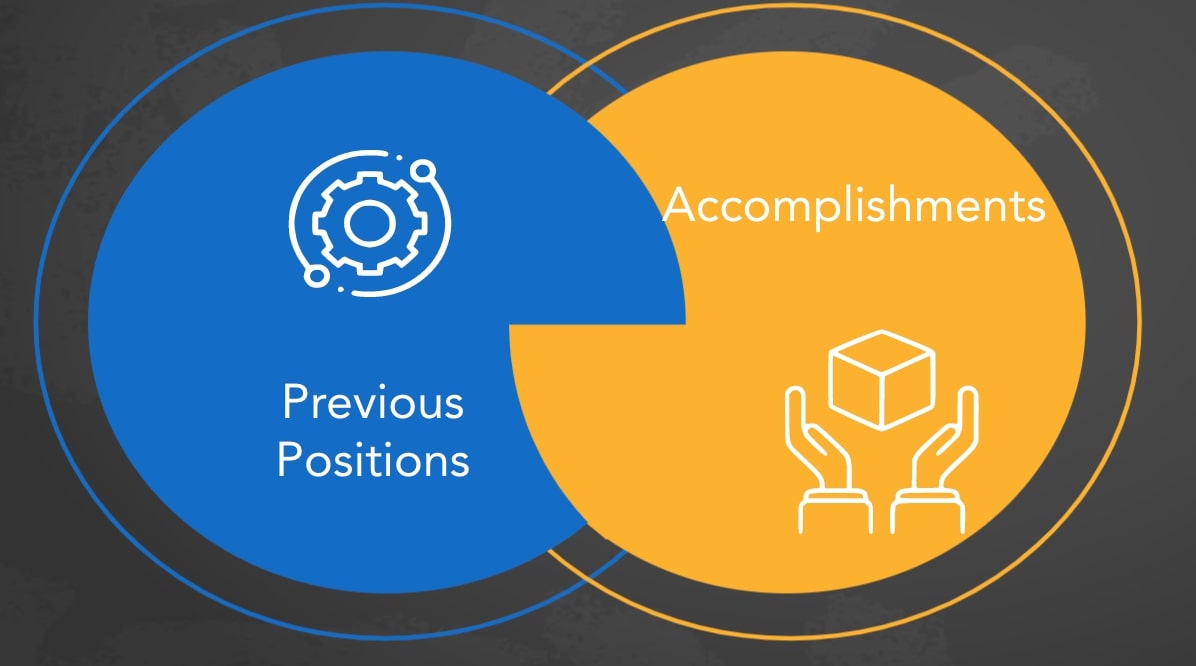
Prototypes begin with ideation. Similarly, your first draft is meant for ideation.
As a low-fidelity prototype, your first draft will not be perfect. If it’s perfect, you have already failed.
As you add in all of your experiences, don’t worry about formatting, or mistakes, or resume length yet. We’ll get to those soon, don’t worry.
What’s more, if you find that you have nothing to say that would impress that company, consider applying to a different one. Product/market fit is a two-way street: you have to like the team and be inspired and motivated to work there.
Now, let’s talk about converting your prototype into a real product – a resume that will show off your unique value proposition as a product manager.
Narratives
Your prototype gave you raw materials to work with.
But, raw materials aren’t enough to provide real value. You have to invest the effort to convert those raw materials into a usable product. This means that we must structure and process these raw materials.
Remember that product managers are always working with qualitative narratives and quantitative impacts – so we’re going to first start with the narrative.
Spend time thinking about the story you want to tell about yourself. After all, every product manager is a story. Here’s an example of a story I told about myself:
The point is that you should never worry about pigeonholing yourself when you create this narrative. After all, the resume you’re currently working on will only be sent to one employer.
You’re running experiments on what narrative fits you the best.
When you apply to a different employer, based on the pain points you’ve found, you’ll want to craft a different narrative for that employer.
Now that you have your first narrative completed, run back through your resume draft and delete every bullet point that doesn’t align with your narrative.
While this will feel painful, remember that every product roadmap is a set of painful tradeoffs. You need to identify what matters, and that means prioritizing every step of the way.
Keep this mindset at the top of your mind: you are not evaluated based on the sum of your impact. Rather, you are evaluated based on the average of your impact.
The more experiences you put into your resume, the more you will dilute your average impact.
It’s far better for you to drill down into 5 – 10 key initiatives you’ve led in the past 3 years than it is for you to list out dozens upon dozens of initiatives you’ve tackled in your entire career.
You want depth of impact and not the breadth of experiences.
Once you’ve deleted every bullet point that doesn’t align with your narrative, it’s time to edit the remaining bullets to ensure that they align with your overarching narrative.
Quantifiable Impacts
You now have a consistent, powerful narrative backed up by tangible experiences. Next, you need to prove your worth.
Besides, it’s easy to say that you “delivered an innovative experience” or that you “transformed an industry”. Qualitative descriptions are too easy to make up.
In the thousands of product manager resumes I’ve reviewed, very few of them consistently highlighted the candidate’s quantifiable impact.
I’ve seen so many resumes talk about “leading a team” or “crafting a vision” or “collaborating with others” or “improving efficiency”, but very few resumes back up those stories with evidence.
If you want to stand out, you need to prove that what you’re saying is true.
Communication Strategy
You need a communication strategy that uses the research you’ve done on your hiring organization to frame not only what you transmit in your resume, but also how you do it.
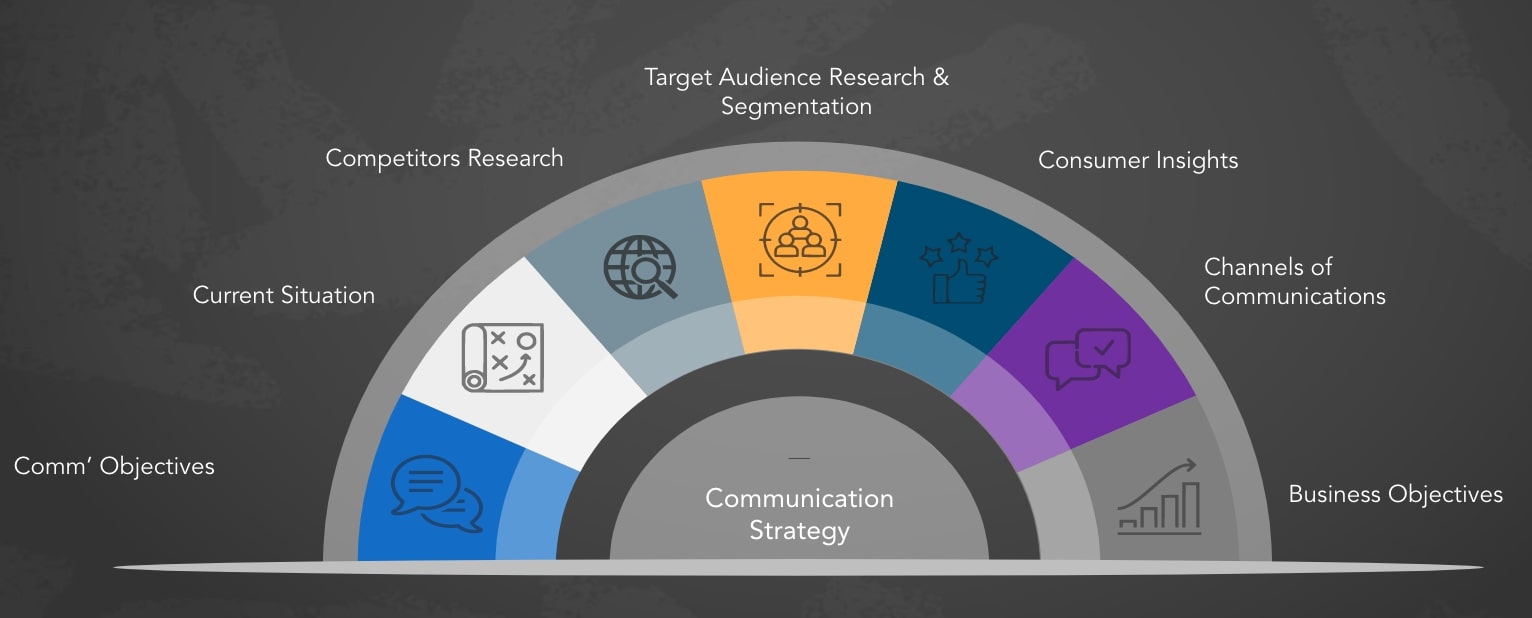
Show, don’t tell. Show me the quantitative impact that you brought to your previous organization and to your previous users.
When I review product manager resumes, I discard every sentence that looks like the following: “Worked in cross-functional teams with engineers, designers, and the business in an agile way.”
It doesn’t tell me anything about you because it’s the core function of the job.
Focus instead on the impact. Know what you want to deliver.
How To Quantify Impact
A good rule of thumb is to ensure that every bullet point has at least one metric. Here’s another piece of advice: every bullet point tells one cohesive story.
If you can’t find a metric for that accomplishment, then consider removing it from your resume.
After all, if you can’t prove the value of your accomplishment, then the hiring manager is unlikely to believe that your accomplishment was valuable.
Another mistake I see is that candidates like to focus on how they did something, rather than what impact they drove.
If you focus on the method, you take away focus from the impact. Product management is about delivering impact!
When you present to your executives or to your customers as a product manager, they don’t care about the hundreds of hours of research you did – they just want to know your roadmap.
Recruiters and hiring managers think in the same way.
They aren’t interested in the thousands of hours you spent on an initiative, or about the hundreds of Jira tickets that you groomed.
They want to know what lasting impact your initiative had: both the impact you had on your users, as well as the impact you had on your organization.
That said, don’t just put down numbers for the sake of putting down numbers. The quantitative impact numbers that you display are all about telling the narrative.
Final Thoughts On Quantifying Impact
Be careful with what you quantify. Ensure that as you quantify your impact, you tie it directly to your narrative.
Furthermore, as you draw out your narrative, ensure that your narrative resonates with the recruiter that you’re aiming at.
For example, sometimes you may not want to emphasize SaaS experiences if you’re applying to be a hardware product manager, because hardware and software are different roles.
On top of that, some companies may reward you for prior project management experience or product marketing experiences. Other companies may discount those experiences because they might feel that your experiences are too unfocused.
Some companies need an amazing operator who can execute. Other companies need a visionary who will provide them with a compelling product vision.
As you can imagine, if you position yourself in the wrong way, your targeted hiring organization may decide to skip past your application no matter how many years of experience you have.
To reiterate: it pays to understand how the hiring manager thinks so that you can help them understand the unique value that you can provide.
Design
You’re almost at the finish line! But the problem is that your resume looks messy right now. It’s just a bunch of bullet points on a document!
That’s okay. Now is the time to design your product manager resume.
Remember that design is about principles, not about outcomes. Keep the following design principles in mind: information architecture, information density, and aesthetics.
Information Architecture
I define information architecture as “the way in which you present information.” You must present relevant, high-priority information to your recruiter in a way that makes sense to them.
As a hiring manager, I don’t need to see your experience in unrelated jobs. I also don’t need to see unrelated courses. Therefore, you should ensure that you remove that low-signal information.
Furthermore, I don’t need to see your “objective.” Your objective is that you’d like me to hire you. As creative as you’d like to be in discussing how you want to join an innovative with an inclusive culture in a fascinating industry, the fact is that you want me to hire you. That’s the objective of any resume, and therefore the objective shouldn’t even be discussed in the resume.
I’ve seen so many resumes spend 10-20% of the space on the objective, and that’s so much lost space that you could have used to display higher-value information.
When you cover the obvious on your resume, I’ll deprioritize the rest of the information in your resume, because you’ve already lost my trust and my attention. I already believe that you will give me low-signal information.
I also don’t need to see your “summary.” Resumes are already summaries of your professional experience. It is pointless to summarize a summary. Again, don’t prime your user to expect that you’ll give them low-value information.
Instead, you need to know what hiring organizations want to know about you.
As a hiring manager, I want to understand how long you worked at a company, and whether you had any job gaps. Furthermore, I want to prioritize your most recent experience, and I want to discount your least recent experience.
Therefore, you need to expose that information to me through the design of your resume, in a way that I can easily digest.
You’ll want to highlight your work experiences in an experience section, for example, and you’ll want to move your extracurriculars and your interests into different sections so that it’s easy for the reader to navigate.
Consider the informational needs of your user. As a hiring manager, I guarantee that I don’t know the names of every startup that ever existed in the world.
You shouldn’t just give me the name of your employer – you should also help me understand the size of the company, its geographical location, its operating model, and its industry.
Product managers are all about context, so provide relevant context for your achievements!
Information Density
Too often, I see resumes with poor information density design.
Consider my needs as a reader – I have hundreds of resumes to review in a short period of time, and if you give me a resume that I can’t digest in a simple and straightforward way, I’ll have to discard it immediately.
First, ensure that you constrain your resume to one page. If you use more than one page, I will disqualify you.
After all, if you asked someone to give you a 15-minute presentation and they took 3 hours of your time, you would be annoyed. You would feel that they had disrespected you.
Similarly, hiring managers expect to take only a couple of minutes to digest your resume. If you can’t present information to them within that timeframe, they’ll discard your resume.
Second, be thoughtful about the limited space you have on the page. I see candidates try to cram in as much as they possibly can. That’s not how you design a thoughtful product.
Thoughtful products understand the priorities of the user, and surface only relevant, high-priority, useful information.
Make thoughtful design tradeoffs on my behalf as a user – that’s your duty as a product manager.
If you decrease page margins, decrease font size, or decrease paragraph spacing, you are actively hurting my eyes.
Please do not create pain for your reader. The more painful you make your resume to read, the less attention the reader will give you and the more likely they’ll dismiss your resume entirely.
Ensure that your resume is easy to scan for key information. Don’t excessively bold or highlight your resume. If everything is a priority, then nothing is a priority.
Don’t impair my ability to focus. Instead, help guide my attention. Because you only have one page to communicate your value proposition, you have to prioritize your experiences.
Even though you may have many relevant accomplishments that you’re proud of, you’re going to need to remove some of your accomplishments from your resume.
It’s not the sum of your accomplishments. It’s the average of your accomplishments that hiring managers will assess. That means that more isn’t better, because more will dilute your average. Be ruthless in cutting down your resume.
Finally, don’t listen to conventional wisdom about using keywords or buzzwords. Buzzwords have low information density.
As a hiring manager, I have limited time. The more concisely you can communicate your value, the more I will appreciate you as a candidate.
Aesthetics
A solid resume is not just the content itself – it’s also the visual presentation of the content.
Consider your resume as a design challenge. In other words, your resume is a preview of your product management skills.
You’ll have to make design decisions about font, size, spacing, and placement. You’ll have to consider how you’d like to visualize your achievements and your value proposition.
Don’t fall into the trap of frivolous aesthetics, however.
Too often, I see candidates provide a graph of their skills. While it might look pretty, it’s also a low-value use of space because candidates give themselves high ratings for every skill.
The point of a graph is to show comparisons. If you use a graph to try to tell me that you’re good at many skills, that graph won’t show comparisons between magnitudes.
Therefore, if you use a graph to show me your proficiency across many skills, you’ve signaled to me that you don’t understand design.
I also see candidates create graphs on the breakdown of time spent between activities. Again, I don’t need to know that information. I want to know your impact, not the method through which you achieved your impact.
Don’t create visuals for the sake of creating visuals. Ensure that your aesthetic design decisions serve the powerful narrative that you’ve crafted. Don’t create noise – every pixel matters.
That said, if you’re struggling with coming up with your own aesthetics, feel free to use an online resume builder for inspiration.
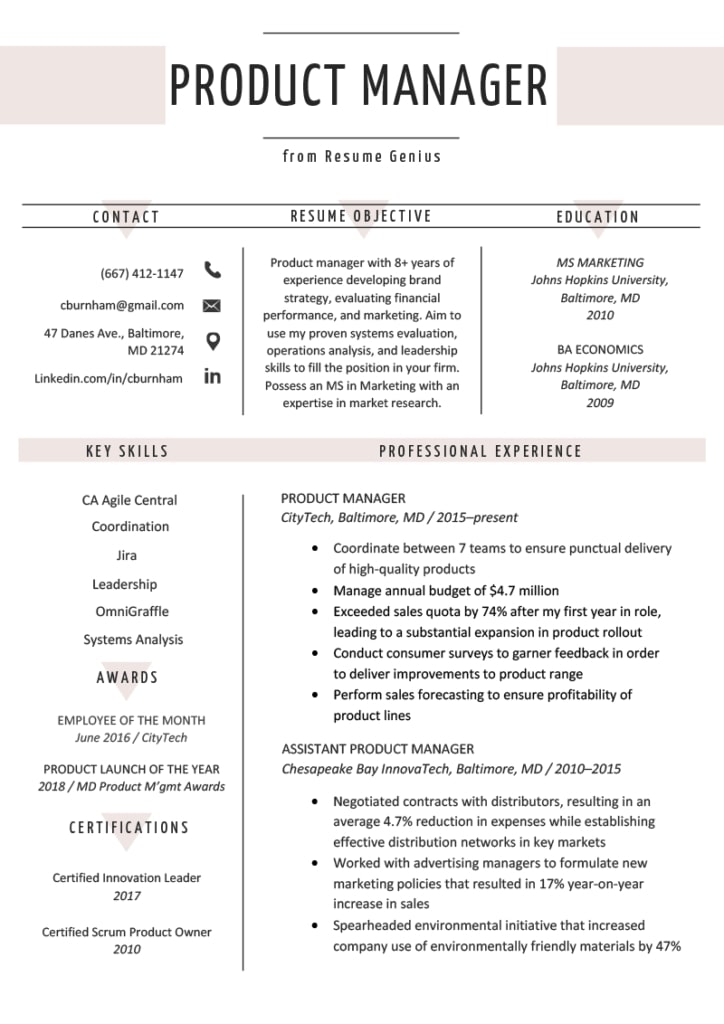
Product Manager Resume: provided by Resume Genius
Just remember that at the end of the day, your resume is your product, so it should feel like something that fully and authentically represents you.
Go-to-Market Strategy
Now you have a targeted, polished resume that highlights your value proposition as a product! But keep in mind, a resume is just one component of your full go-to-market strategy.
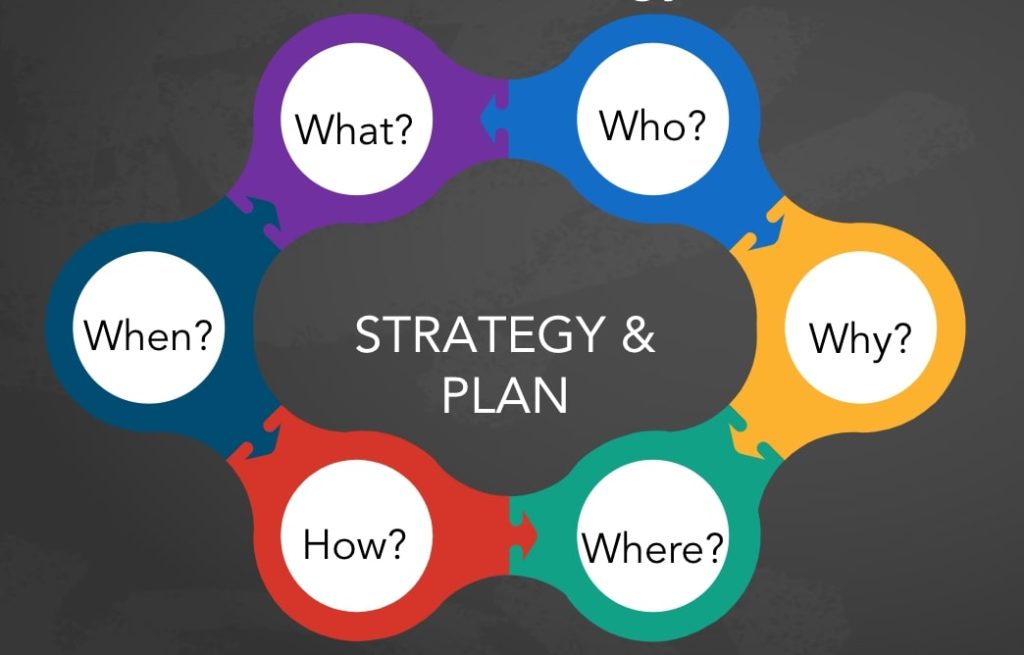
After all, when you apply for a product manager job, it takes much more than just your resume. Your go-to-market strategy may also involve coffee chats, cover letters, portfolios, and the interview itself.
A resume is like a product demo. It displays your ability to prioritize, to craft a narrative, to back yourself up with evidence, and to design pleasant user experiences.
A resume is not a good way to establish an emotional connection with a fellow employee. A resume is not a good way to show off your personality and your vision.
So, take a step back from your resume, and consider your full go-to-market strategy. Understand how your resume fits in. Ensure that what you present in your resume harmonizes perfectly with the rest of your go-to-market strategy.
The Importance of Strategic Thinking
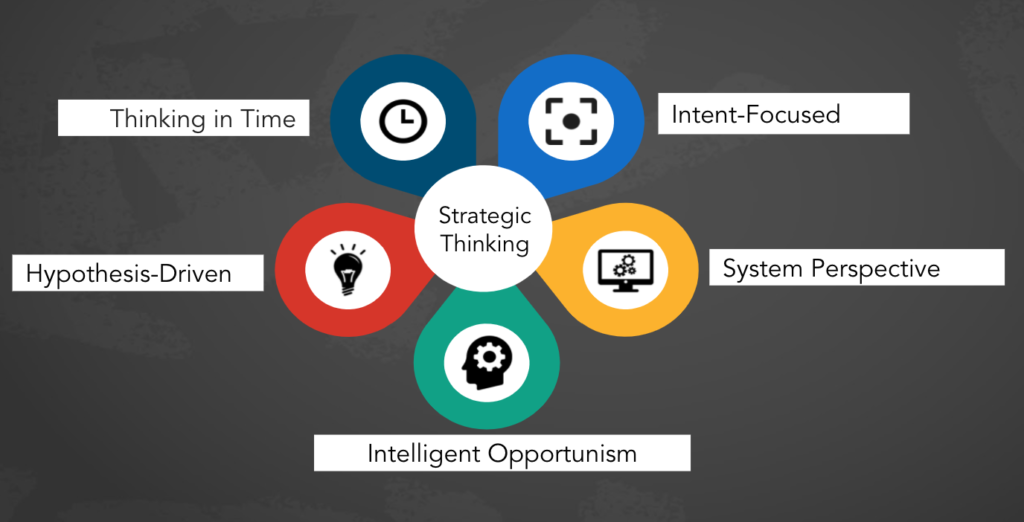
In doing so, be strategic in the way you merge your unique value proposition and the way you highlight that in your resume. If you’re an analytics-oriented PM, you should highlight the key trends that you discovered, and you should ensure that you’ve clearly quantified your impact across multiple relevant dimensions.
If you’re a design-oriented PM, you should have beautiful typography and pleasing design aesthetics, and you should consider linking to your portfolio or your personal website.
If you’re an engineering-oriented PM, you should consider having a GitHub profile with lots of contributions, and you should consider linking to any research white papers that you’ve written on your engineering thought leadership.
Remember that your resume is only one part of a broader whole. It doesn’t need to cover everything – it’s only a product demo.
Your cover letter will drive stronger narratives.
Your interviews will enable you to share your hard-won experiences and learnings.
Your live interactions with others will highlight your unique working style and your personality as a colleague.
Don’t force your resume to do everything for you. Remember, your resume is a product challenge. Every product should solve pain and present value in a focused way.
One other factor to consider in your go-to-market strategy is your distribution strategy.
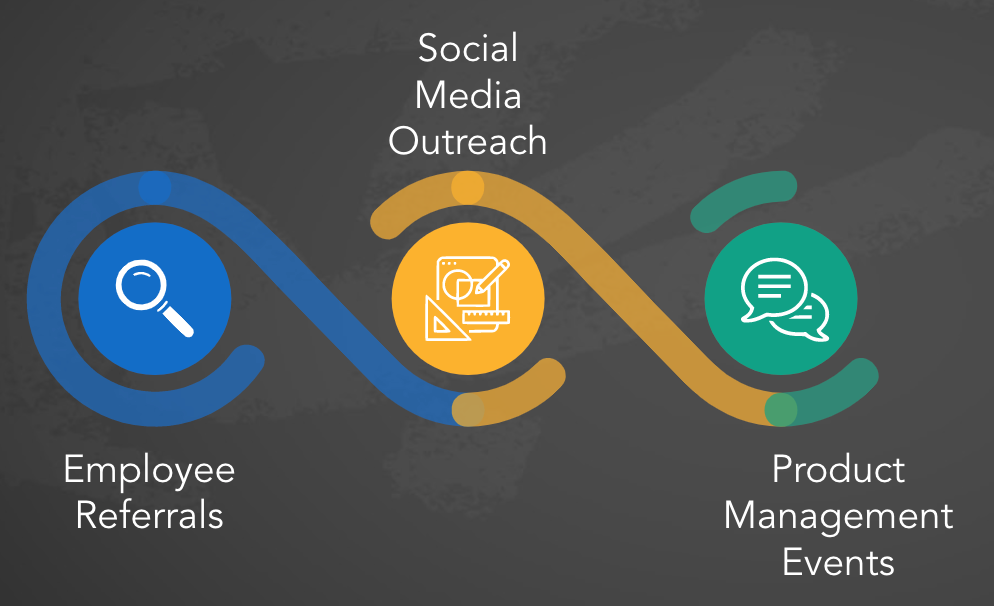
Some companies place significant weight on referrals from their own employees.
Some companies prefer reaching out to particularly interesting candidates over LinkedIn, and therefore a strong profile matters.
Some companies prefer to meet potential talent at product management events.
Some companies may not consider a candidate until that candidate has submitted their resume through their official job portal.
Consider how your target makes hiring decisions, and use that information to fine-tune your strategy.
Execution
You’ve finally completed one resume and considered your targeted approach for that particular prospective employer.
Take some time to celebrate – you’ve invested a lot of effort, but it will pay off!
You need to keep the momentum going, however. You have to keep up the resume plan.
The very first resume you write is the hardest, and each consecutive one gets easier.
Invest the time to crank out highly targeted resumes, one for each employer that you’re applying for. Iterate through each of the steps above – you’ll find that they get easier as you execute them repeatedly.
Summary
Product managers are products, and resumes are product demos. To create a successful product manager resume, you need to have a clear understanding of yourself as a product.
After all, product demos are all different.
Start with self-reflection. Be clear on who you are and the unique value you provide.
Then, conduct market research. Know who’s hiring, the pain point they’re experiencing, as well as the solution you can provide to them.
Afterward, dump down everything you can into the first draft of your resume. Be creative without narrowing yourself down. Your first draft is a prototype, so be bold and experimental.
From there, craft a cohesive narrative, and quantify your impact to support the narrative.
Next, design your resume. Consider key design principles such as information architecture, information density, and aesthetics.
Once you’ve finalized one resume, craft the rest of your go-to-market strategy. Confirm that your resume is serving the right purpose.
As soon as you complete your first resume, keep up the momentum and tackle the rest. Each one will get easier to do, I promise.
Resumes aren’t easy to write – they can take days or even weeks to put together.
Even harder, you can’t just use a generic resume, because hiring managers can easily tell if you’ve used a generic resume.
But for every resume that you do write, you get better at resumes. And since resumes are products, every resume you complete is a product that you ship.
Keep moving forward, rockstar.
Have thoughts that you’d like to contribute around product manager resumes? Chat with other product managers around the world in our PMHQ Community!

